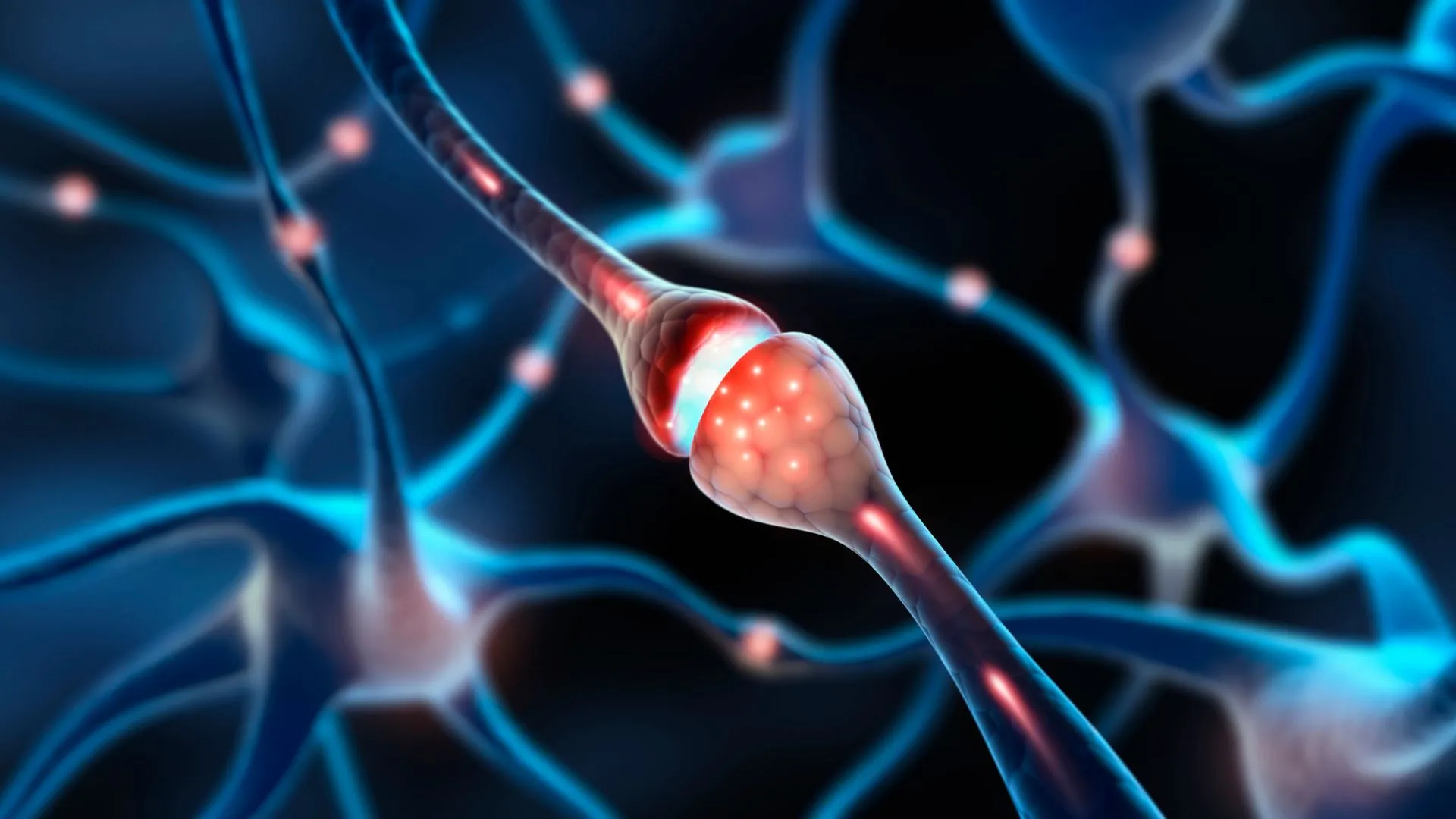Copyright Interesting Engineering

Chinese scientists have for the first time captured the fleeting moment when neurons “kiss” each other, a millisecond-scale event that lies at the heart of how the brain transmits signals. The finding, achieved with a revolutionary imaging technology, has resolved a decades-long debate about how synaptic vesicles release neurotransmitters. Researchers from the University of Science and Technology of China (USTC) and the Shenzhen Institutes of Advanced Technology, part of the Chinese Academy of Sciences, developed the world’s first camera capable of freezing these nanoscale events in time. Their work, published this month, marks a major advance in neuroscience imaging. A 15-year effort to capture the unseeable The human brain relies on efficient and precise communication between billions of neurons, which transmit signals using synaptic vesicles. These are microscopic sacs that store and release neurotransmitters. For more than 50 years, scientists have debated whether these vesicles fuse completely with the cell membrane (“full collapse”) or briefly touch and retreat in a “kiss-and-run” process. According to the South China Morning Post (SCMP), this mystery persisted because the process occurs at a nanometre scale and within milliseconds, making it almost impossible to capture using traditional microscopy. To overcome this, the USTC-led team spent 15 years developing a cryogenic electron microscopy platform with unprecedented temporal and spatial precision. The result is a time-resolved cellular cryo-electron tomography (cryo-ET) system that can image neural activity at millisecond intervals and nanometre resolution. Using this system, scientists could observe the entire process of synaptic vesicle exocytosis in real time. The “kiss-shrink-run” model Combining optogenetic stimulation, a method that activates neurons with light, and high-speed plunge-freezing, the researchers captured over 1,000 tomograms of rat hippocampal synapses. These images, frozen at intervals between 0 and 300 milliseconds after activation, revealed a sequence of events reconciling the two opposing neurotransmission models. Within four milliseconds of activation, the vesicle formed a tiny fusion pore about four nanometres wide. The “kiss.” It then reduced to roughly half its surface area in a “shrink” phase. By 70 milliseconds, most vesicles detached and recycled through a “run-away” pathway, while others underwent full collapse into the presynaptic membrane. As summarized in Science, the study describes a unified “kiss-shrink-run” mechanism of synaptic transmission. This model demonstrates that neuronal communication is neither fully transient nor completely irreversible but a hybrid process optimized for speed and efficiency. Bridging old debates and new possibilities Stella Hurtley, deputy editor of Science, noted that the mechanism “unifies competing neurotransmitter release models and elucidates the underpinnings of synaptic efficiency and reliability.” In a statement from the SCMP report, USTC said the achievement “provides a novel perspective for deepening our understanding of neural information processing and related brain functions and disease mechanisms.” The university also highlighted that the new imaging platform could be applied to study other rapid intracellular processes, such as viral invasion and cellular secretion. By capturing the brain’s most transient communications in action, the researchers have ended a 50-year scientific debate and opened the door to exploring the cellular machinery of life in unprecedented detail. The findings were published in the journal Science.



